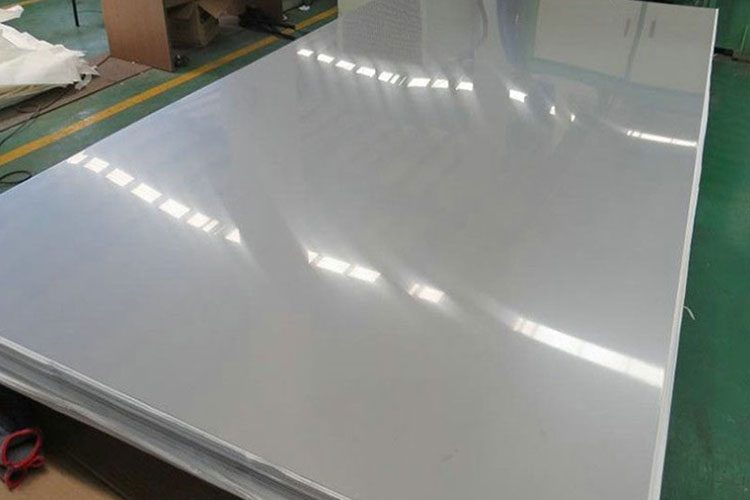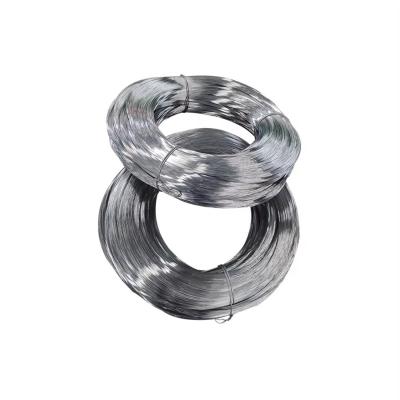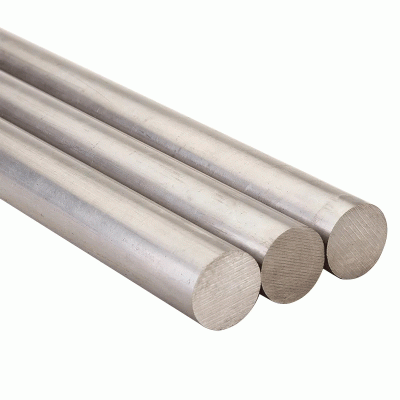Common Stainless Steel Difference

Stainless steel 304, 316 difference:
First, 316 stainless steel containing Mo, corrosion resistance is better than 304 stainless steel in a high temperature environment, so in a high temperature environment, engineers will generally choose 316 material parts.
Second, there are also differences between the two from the brand; 304 stainless steel corresponding to the Chinese brand 0Cr18Ni9; 316 stainless steel corresponds to the Chinese brand 0Cr17Ni12Mo2.
Thirdly, 316 mainly reduces Cr content, increases Ni content and increases Mo2%~3%. Thus, its corrosion resistance is stronger than 304, which is suitable for use in chemical industry, seawater and other environments. Similarly, the cost of 316 is also higher than 304. Generally, 316 is used in places with high requirements to replace 304.
In fact, with the naked eye can not see the difference between 304 and 316 stainless steel, there is a more intuitive discrimination method, the use of stainless steel potions to identify, stainless steel potions
Stainless steel 304, 201 difference:
1, specifications: commonly used stainless steel plate is divided into two types of 201 and 304, the actual composition is different, 304 quality is better, but the price is expensive, some poor 201. 304 is imported stainless steel plate,201 is domestic stainless steel plate.
2. 201 is 17Cr-4.5Ni-6Mn-N, which is the substitute of 301 steel and Ni steel. Magnetic after cold working, used for rolling stock.
3, 304 composition of 18Cr-9Ni, is the most widely used stainless steel, heat resistant steel. Used for food production equipment, Xitong chemical equipment, nuclear energy, etc.
4, 201 is high manganese content, the surface is very bright with dark bright, high manganese content is easy to rust. 304 contains more chromium, the surface is matte, no rust. Put the two together and you have a comparison. The most important thing is that the corrosion resistance is different. The corrosion resistance of 201 is very poor, so the price will be much cheaper. Because of the low nickel content of 201, the price is lower than 304, so the corrosion resistance is not as good as 304.
5. The difference between 201 and 304 is the problem of nickel. And the price of 304 is relatively expensive now, but 304 can at least ensure that it will not rust in the process of use. (Stainless steel potion can be used for experiment)
6, stainless steel is not easy to rust because the formation of rich chromium oxide on the surface of the steel body can protect the steel body,201 material belongs to high manganese stainless steel than 304 hardness, high carbon low nickel.
7, different composition (mainly from carbon, manganese, nickel, chromium to distinguish 201 and 304 stainless steel)
Steel grade carbon (C) silicon (Si), manganese (Mn), phosphorus (P), sulfur (S), chromium (Cr), nickel (Ni), molybdenum (Mo), copper (Cu)
AISI(304) ≤0.08 ≤1.00 ≤2.00 ≤0.045 ≤0.03 18-20 8-10
AISI (201) or less 0.15 1.00 5.5 7.5 0.05 0.03 or less or less or less 16 to 18, 3.5 to 5.5
Stainless steel 304, 304L, 316, 316L difference:
304 is a kind of universal stainless steel, which is widely used in the production of equipment and parts requiring good comprehensive performance (corrosion resistance and molding).
304L is a variant of 304 stainless steel with lower carbon content, used in situations where welding is required. (L Low carbon)
316 After 304, the second most widely used type of steel, mainly used in the food industry, pharmaceutical industry and surgical equipment, the addition of molybdenum gives it a special corrosion resistance structure. Because of its better resistance to chloride corrosion than 304, it is also used as "Marine steel".
The 316L is widely used in the chemical industry due to its excellent corrosion resistance. The 316L is also a derived steel of austenitic stainless steel type 18-8, with 2 ~ 3% Mo element added. Suitable for welding 304 is a kind of universal stainless steel, it is widely used in the production of equipment and parts requiring good comprehensive performance (corrosion resistance and molding).
304L is a variant of 304 stainless steel with lower carbon content, used in situations where welding is required. (L Low carbon)
316 After 304, the second most widely used type of steel, mainly used in the food industry, pharmaceutical industry and surgical equipment, the addition of molybdenum gives it a special corrosion resistance structure. Because of its better resistance to chloride corrosion than 304, it is also used as "Marine steel".
The 316L is widely used in the chemical industry due to its excellent corrosion resistance. The 316L is also a derived steel of austenitic stainless steel type 18-8, with 2 ~ 3% Mo element added. Suitable for welding



